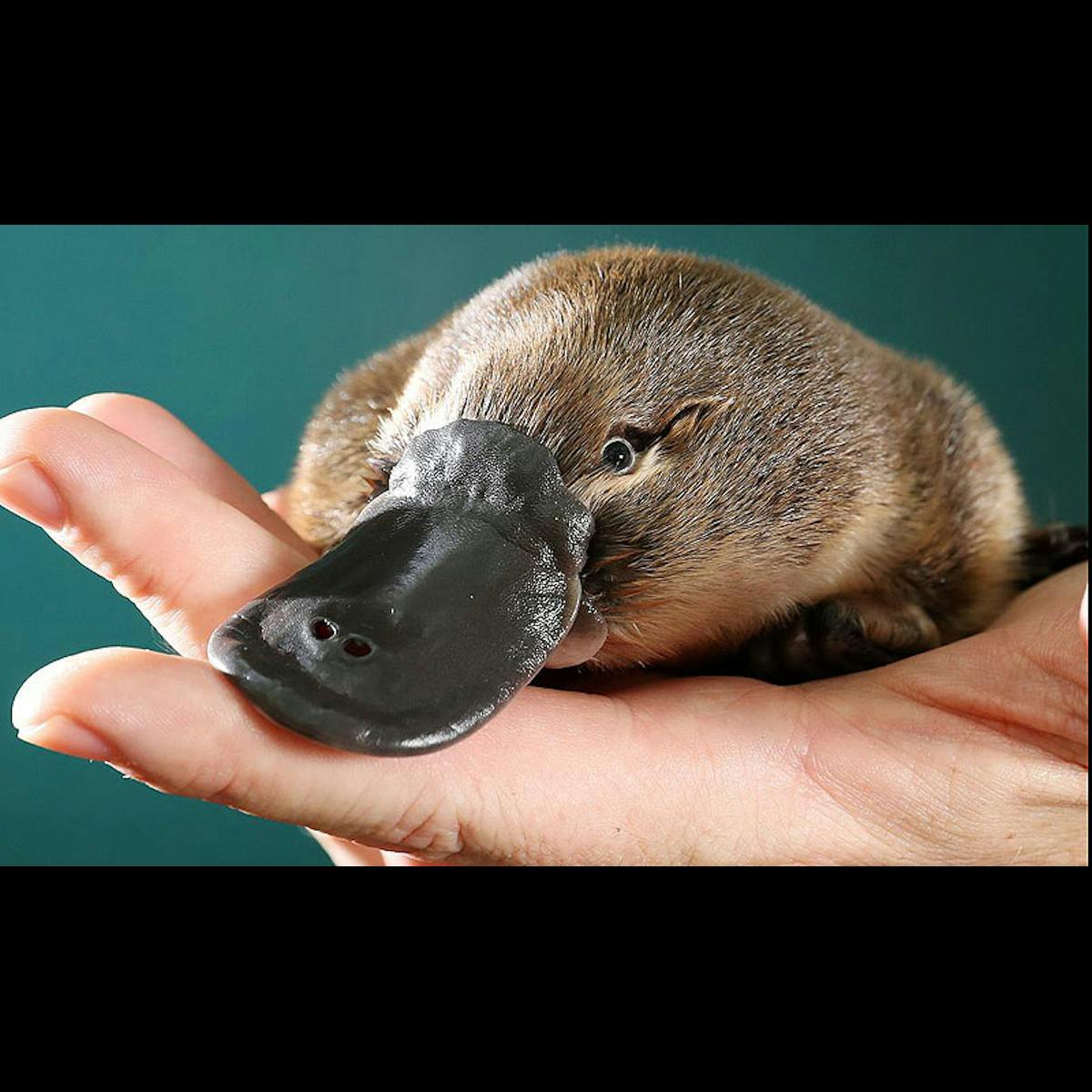- Science
- Natural Sciences
- SEE MORE
- classical
- general
- talk
- News
- Family
- Bürgerfunk
- pop
- Islam
- soul
- jazz
- Comedy
- humor
- wissenschaft
- opera
- baroque
- gesellschaft
- theater
- Local
- alternative
- electro
- rock
- rap
- lifestyle
- Music
- como
- RNE
- ballads
- greek
- Buddhism
- deportes
- christian
- Technology
- piano
- djs
- Dance
- dutch
- flamenco
- social
- hope
- christian rock
- academia
- afrique
- Business
- musique
- ελληνική-μουσική
- religion
- World radio
- Zarzuela
- travel
- World
- NFL
- media
- Art
- public
- Sports
- Gospel
- st.
- baptist
- Leisure
- Kids & Family
- musical
- club
- Culture
- Health & Fitness
- True Crime
- Fiction
- children
- Society & Culture
- TV & Film
- gold
- kunst
- música
- gay
- Natural
- a
- francais
- bach
- economics
- kultur
- evangelical
- tech
- Opinion
- Government
- gaming
- College
- technik
- History
- Jesus
- Health
- movies
- radio
- services
- Church
- podcast
- Education
- international
- Transportation
- Other
- kids
- podcasts
- philadelphia
- Noticias
- love
- sport
- Salud
- film
- and
- 4chan
- Disco
- Stories
- fashion
- Arts
- interviews
- hardstyle
- entertainment
- humour
- medieval
- literature
- alma
- Cultura
- video
- TV
- Science
- en
Platypus Crazy (rebroadcast)

They look like a cross between a beaver and a duck, and they all live Down Under. The platypus may lay eggs, but is actually a distant mammalian cousin, one that we last saw, in an evolutionary sense, about 166 million years ago.\nGenetic sequencing is being used to trace that history, while scientists intensify their investigation of the habits and habitats of these appealing Frankencreatures; beginning by taking a census to see just how many are out there, and if their survival is under threat.\nGuests:\xa0\n\n\nJosh Griffiths\xa0\u2013 Senior Wildlife Ecologist at Cesaar Australia.\n\n\nJane Fenelon\xa0\u2013 Research fellow, University of Melbourne\n\n\nPaula Anich\xa0\u2013 Professor of Natural Resources, Northland College\n\n\nWes Warren\xa0\u2013 Professor of Genomics, University of Missouri\n\n\nPhoebe Meagher\xa0\u2013 Conservation Officer, Taronga Conservation Society, Australia\n\nOriginally aired August 2, 2021\nFeaturing music by\xa0Dewey Dellay\xa0and\xa0Jun Miyake\nA special offer to Big Picture Science listeners: Receive 60% off the first month of a MEL Physics, MEL Chemistry or MEL STEM subscription.\xa0Just go to MELscience.com and use the promo code BPS or follow this link: https://melscience.com/sBI3/.\xa0You like science, that\u2019s why you listen to Big Picture Science.\xa0So why not check out MEL science for your kids?\nBig Picture Science is part of the\xa0Airwave Media\xa0podcast network.\xa0Please contact\xa0sales@advertisecast.com\xa0to inquire about advertising on Big Picture Science.\nYou can get early access to ad-free versions of every episode by joining us on\xa0Patreon. Thanks for your support!\n\xa0\nLearn more about your ad choices. Visit megaphone.fm/adchoices